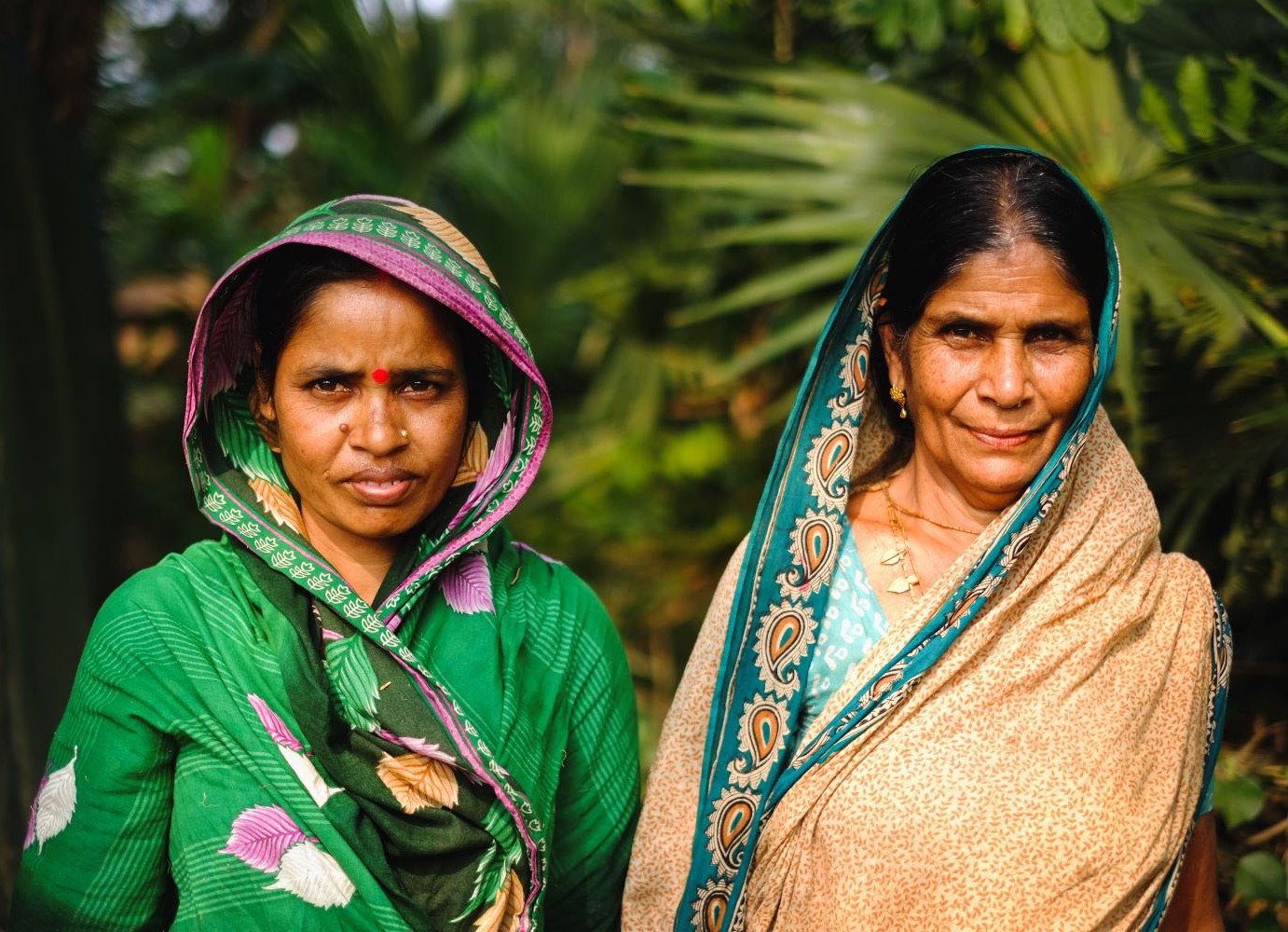That said, there is some reason to hope for more official finance as well as greater leveraging of international private finance in order to help meet the SDGs, especially with a few reforms in the financing and operations of multilateral institutions like the World Bank. I discuss some of the challenges and scope for reform in a new policy paper.
Infrastructure is a particularly complex sector to finance: investments are lumpy (with single projects often accounted in the billions), payback periods are long (often in the decades), and markets function poorly (most infrastructure sectors are natural monopolies). In addition, the political economy and practicality of infrastructure pricing is complex — it is often provided at below cost or no cost. This limits the potential for private provision even in well-regulated infrastructure markets in countries with a robust financial sector capable of supporting long-term debt.
This is why development finance institutions like the International Finance Corporation (IFC) face considerable difficulty in finding private partners for investment in fragile and low income states in particular. In its FY2013-15 roadmap, the IFC reports it committed $515 million in 43 investment projects in countries and territories on the World Bank Group Fragile Situations List in FY2011. That amounts to just 4 percent of total IFC commitments, down from 6 percent in FY08.
Nonetheless, the declining pool of IDA-eligible countries does present an opportunity to build up flows of nonconcessional long term official lending as well as support for private sector financing to back infrastructure. CGD’s Scott Morris and Madeleine Gleave estimate that IBRD capital contribution leverages about fourfold the bank’s ability to borrow in capital markets — this is considerably better than IDA’s highly concessional model, in which one dollar of donation leads to about one dollar of IDA support. The 17th IDA replenishment provided $52 billion in additional resources in low-income countries. If one quarter of IDA’s replenishment amount in future rounds was repurposed to increase the IBRD’s lending capacity, this would increase that capacity (one time) by approximately $50 billion, or a little more than $15 billion per year. Morris and Gleave propose a quadrennial “Bank Resource Review” for the World Bank in which donations to IDA alongside capital increases to IBRD are discussed by shareholders at the same time, to allow for more frequent capita increases and greater flexibility between contributions to IDA and IBRD.
There’s a similar calculation to be made with the IFC and related development finance institutions and their support for private investment. At the moment, the institution hands over much of its profits to run free advisory services in areas like regulatory reform or to IDA. An alternative model would be to keep those resources and use them to increase the Corporation’s tolerance for risk — backing investments in harder markets, and providing more support to put together deals in those same markets. And the World Bank Group could be doing more to support guarantees. The operations (and capital base) of MIGA should be absorbed back into the World Bank and IFC, allowing the two institution’s considerably larger balance sheets to underpin larger per country guarantee operations, currently capped at less than the cost of a single mid-sized power plant.
I’ve suggested before that donor reforms could be packaged with recipient reforms to increase the political and financial viability and sustainability of infrastructure rollout: G-20 countries could sign up to a commitment to significantly increase investment guarantee and nonconcessional bilateral and multilateral official flows to infrastructure priced to ensure financial sustainability. All countries, led by developing economies keen to access additional international finance for infrastructure, would commit to removing energy subsidies, pricing energy at long-run cost and generating sufficient revenues from transport fuels or other use-related charges to cover the cost of transport infrastructure construction and maintenance. They would also commit to open processes to select and operate privately financed infrastructure including procurement transparency, operation according to guiding principles on business and human rights, and tax transparency.
How does this translate into language for Addis? I suggest the below:
- We will agree on a series of reforms to increase net nonconcessional and blended resource flows from multilateral development banks by end 2016, including support for pooled approaches and those that attract private institutional investors, including regularly scheduled [quadrennial] capital resource adequacy reviews for MDBs beginning in 2017.
- Multilateral and national providers of official finance commit to work together to considerably ramp up provision of guarantees, market-rate loans and investments in infrastructure in developing countries requesting such support in order to roll out infrastructure services that are priced to ensure financial and environmental sustainability. This commitment will support total annual gross resource flows worth 0.2 percent of aggregate provider country GDP by 2025.
- We will increase the sustainability and transparency of public-private partnerships and private investment through Open Contracting, the and wider adoption of standards including the Equator Principles and implementation of the UN Guiding Principles on Business and Human Rights. By 2020 we will ensure universal country-by country public reporting by multinational businesses including the development of rules and relationships sensitive to the needs and capacities of LDCs. We will ensure the outcomes of the Base Erosion and Profit Sharing process are useful and relevant to all countries.
Disclaimer
CGD blog posts reflect the views of the authors, drawing on prior research and experience in their areas of expertise. CGD is a nonpartisan, independent organization and does not take institutional positions.





